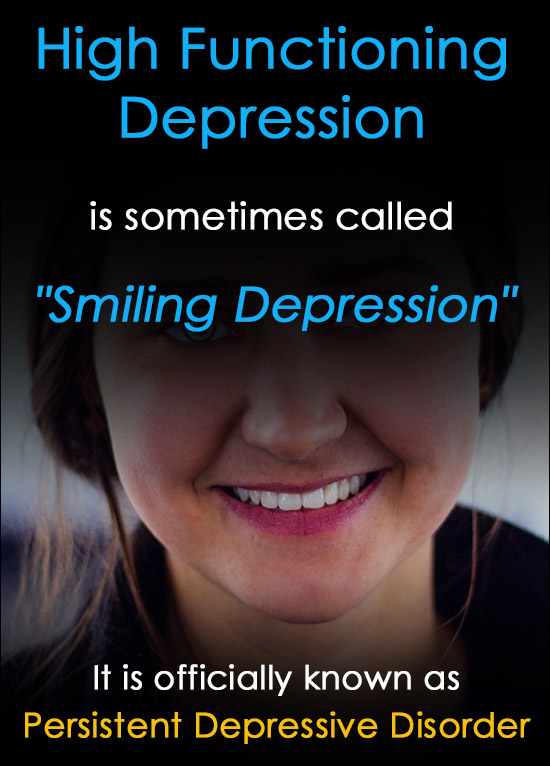
These questions, derived from the work of Nagi ( 26), Nagi and Marsh ( 27), and Rosow and Breslau ( 28), were first incorporated into the NHIS in 1997 ( 11). In 1999, the NHIS assessed functional status by asking respondents about their ability to perform 12 routine tasks without special equipment. If the respondent endorses dysphoric mood, seven additional questions are asked about losing interest, feeling tired, change in weight, difficulty sleeping, trouble concentrating, feeling down, and thoughts about death, and then a summary major depressive disorder score is calculated based on positive responses to these additional seven questions (range 0–7). Respondents who deny either the existence of symptoms or the persistence of symptoms are defined as not having major depressive disorder. In addition, the symptoms of dysphoric mood and anhedonia should last at least most of the day almost every day. There are two ways to meet the diagnostic stem requirement for major depressive disorder: either by endorsing all questions about having 2 weeks of dysphoric mood or by endorsing all questions about having 2 weeks of anhedonia. Additional studies are needed to establish a causal relationship.Ī complete copy of the CIDI-SF questions and scoring instructions is available from the World Health Organization website (The CIDI-SF uses a stem-branch logic in which a small number of initial diagnostic stem questions are used in each section to skip-out people who are least likely to be considered case subjects before they are asked further symptom questions ( 25). With no diabetes and no major depression as reference and after adjusting for relevant covariates, the odds of functional disability was 3.00 (95% CI 2.62–3.42) for major depression, 2.42 (2.10–2.79) for diabetes, and 7.15 (4.53–11.28) for diabetes and comorbid major depression.ĬONCLUSIONS-Individuals with diabetes and comorbid major depression have higher odds of functional disability compared with individuals with either diabetes or major depression alone.

RESULTS-Prevalence of functional disability by disease category was as follows: no diabetes and no major depression (24.5%) major depression (51.3%) diabetes (58.1%) and diabetes and comorbid major depression (77.8%). STATA was used for all analyses to account for the complex survey design of NHIS. Multiple logistic regression was used to determine the odds and correlates of functional disability by disease category controlling for age, sex, race/ethnicity, education, income, census region, and disability-associated comorbidity. Prevalence of functional disability was calculated for each disease category. Four disease categories were created: no diabetes and no major depression, major depression alone, diabetes alone, and diabetes and comorbid major depression. RESEARCH DESIGN AND METHODS-Data on 30,022 adults aged ≥18 years from the 1999 National Health Interview Survey (NHIS) were analyzed.


OBJECTIVE-The goal of this study was to determine prevalence and odds of functional disability in individuals with diabetes and comorbid major depression compared with individuals with either diabetes or major depression alone.


 0 kommentar(er)
0 kommentar(er)
